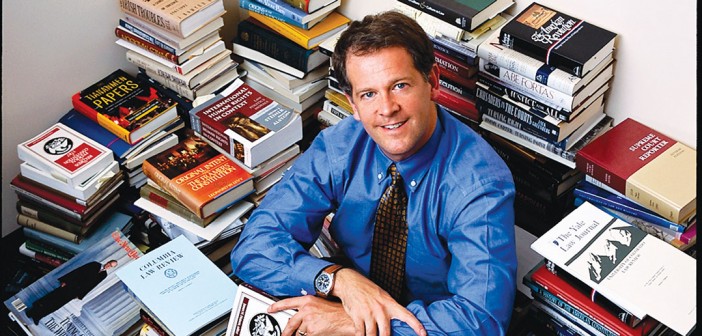Martin Flaherty was quoted in a Washington Post article that delves into the history of Supreme Court nominations and, specifically, the debates during the Constitutional Convention about which branch of government would hold the most sway over determining who would be justices.
Through the debate, they had one overarching goal: To find the process most likely to fill the court with the most level-headed, reasonable, least-partisan justices as possible.
“They didn’t want factionalism,” said Martin Flaherty, a law professor with Fordham Law School. “They wanted a highly qualified candidate.”
…
When looking to the past to make a point, Flaherty said, it’s also important to note that our founders were drafting the Constitution in a very different political landscape. The two-party system we have today just didn’t exist. They were operating in a world where leveraging the power of the institution — be it Congress or the president or the Supreme Court — mattered more than leveraging party politics. Today, you could argue the opposite is true.
…
When they separated into committees to tackle it, the committee in charge of this section of the Constitution decided to split power for Supreme Court justices between the president and the Senate. There are no records of the debate, Flaherty said, but this particular committee moved a lot of powers to the president with the reasoning the president was the only truly nationally elected figure in the nation. (This is the same committee that created the somewhat-controversial Electoral College.)
The article concludes with a postscript that includes a recommendation by Flaherty.
P.S.: If you’re really interested in how this debate went down, Flaherty suggests you check out Max Farrand’s “The Records of the Federal Convention of 1787, vol. 2”, which is available online.




